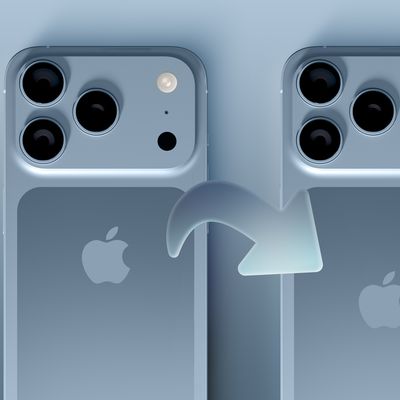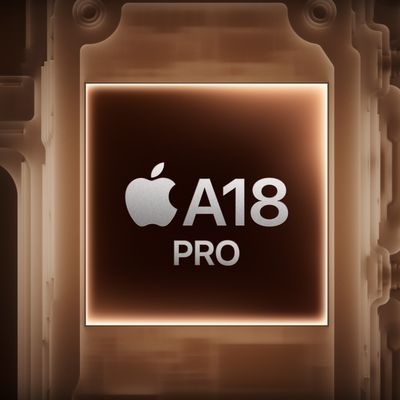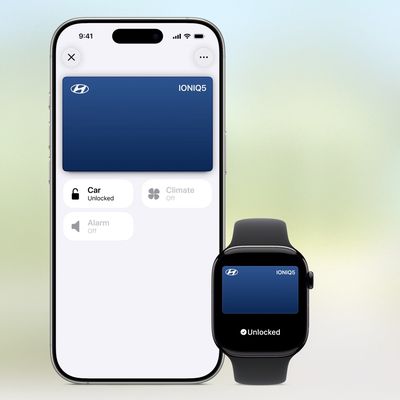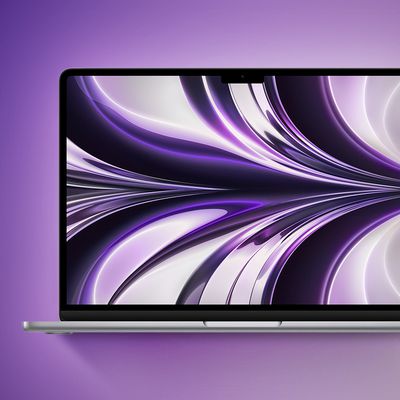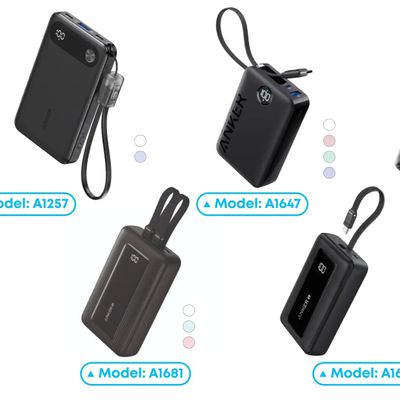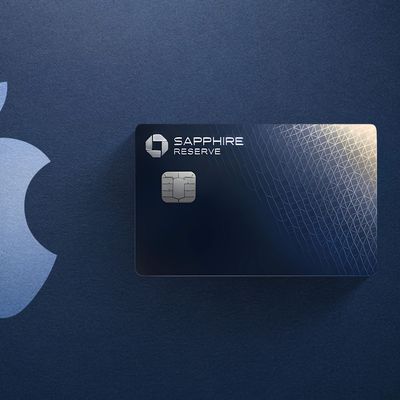Apple is developing a new version of the iPhone SE, which is expected to feature some major changes. In addition to a new, larger size, Apple will also do away with Touch ID, and add support for Apple Intelligence.
This guide highlights the rumors that we've heard about the iPhone SE 4 so far.
Design
The current third-generation iPhone SE is Apple's smallest device, modeled after the iPhone 8. It measures in at 4.7 inches, and it is the only iPhone that includes thick bezels and a Touch ID Home button. That's rumored to be changing with the next iPhone SE update, with rumors indicating that Apple has a new design planned. The fourth-generation iPhone SE will feature an all-display design like Apple's flagship iPhone lineup, with Apple eliminating the Touch ID Home button in favor of Face ID. The display is said to measure in at 6.06 inches, so it will be significantly larger than the current iPhone SE.
The next iPhone SE is expected to look similar to the iPhone 14, featuring Face ID biometric authentication instead of a Touch ID Home button. With the iPhone 15 lineup, Apple transitioned to USB-C instead of Lightning, and the iPhone SE 4 is also expected to include a USB-C port. While the iPhone 14 has a dual-lens camera, the iPhone SE 4 will include a single-lens camera to keep costs down, but it could have the 48-megapixel Main lens used in the iPhone 15.
Though rumors have suggested that the iPhone SE 4 will have a design modeled after the iPhone 14, Apple is expected to use the same rear chassis manufacturing process for the SE 4 that it used for the iPhone 16. Several rumors have also said the iPhone SE 4 will have an iPhone 14-style design with a notch.
There were initially rumors that the iPhone SE could get the multi-function Action button that the iPhone 16 models have, but it's looking like that's not the case after all. Leaked iPhone SE dummy models do not feature an Action Button or a Camera Control button, and dummy models are often an accurate representation of what we can expect from new iPhones because casemakers pay a lot of money to get the information.


Display Size
If the iPhone SE is modeled after the iPhone 14 as rumored, then it will include a 6.1-inch OLED display.
Display Material
The iPhone SE is the last remaining iPhone that has an LCD display, and other iPhones in Apple's lineup are equipped with OLED. Apple has used all OLED technology for flagship iPhones since the iPhone 12, in fact, and it looks like the next-generation iPhone SE will also use OLED technology rather than LCD. If the iPhone SE 4 does indeed include an OLED display, it will mean the end of LCD for the iPhone lineup.
Apple is already sourcing OLED display panels for the iPhone SE 4.
Notch
With an all-display design, Apple is expected to adopt a notch for the iPhone SE, which is the design that Apple used for flagship iPhones until the Dynamic Island came out.
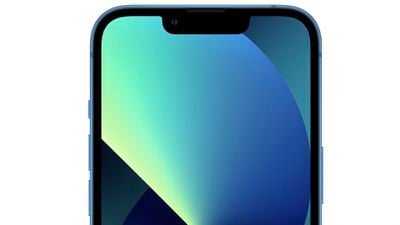
A notched display will give Apple a place to put the front-facing camera, but it is not yet clear if the iPhone SE will support Face ID and the TrueDepth camera system given the cost of the hardware. Apple has transitioned to the Dynamic Island for the flagship iPhone lineup, so the older notch design will set the iPhone SE apart.
One sketchy rumor has suggested the next iPhone SE will feature a Dynamic Island instead of a notch, but that is not in line with other rumors that have indicated an iPhone 14-style design. Reliable display analyst Ross Young recently said the iPhone SE 4 will have a notch, not a Dynamic Island.
The notch will include a 12-megapixel front-facing camera, which is the same camera included in the iPhone 16.
Rear Camera
The iPhone SE 4 is expected to include a single-lens rear camera, but it will reportedly be upgraded to a 48-megapixel camera. The current iPhone SE has a 12-megapixel rear camera.
A-Series Chip
The iPhone SE 4 is expected to have the same A18 chip that's in the iPhone 16, which will allow it to support Apple Intelligence features.
A leaker who has provided reliable information in the past recently said that the iPhone SE 4 will be equipped with the "T8140" chip, an identifier that does indeed correspond with the A18.
RAM
The next-generation iPhone SE is expected to have 8GB RAM, the minimum requirement for Apple Intelligence.
5G and Modem
The iPhone SE 4 is expected to be the first device that is equipped with an Apple-designed 5G chip. Apple has been working on its own modem chip for several years in an effort to lessen its reliance on Qualcomm.
Battery
The iPhone SE 4 will use the same 3279 mAh battery as the iPhone 14, so it should have similar battery life to that device.
iPhone 16E?
Rumors suggest that the next-generation iPhone SE could potentially be named the iPhone 16E or the iPhone 16e, but the information has not been confirmed by a reliable source at this point.
Cost
Though the iPhone SE 4 will be upgraded from Touch ID to Face ID, the new device is expected to continue to have a lower price tag than other models. It could be priced starting at $429, the same as the current iPhone SE, or it could see an increase of around 10 percent. Apple plans to keep the pricing below $500, even if the price does go up slightly.
Release Date
The next-generation iPhone SE's launch is imminent, with Apple planning to unveil a new product on Wednesday, February 19.


